
 Doran addressing the GCCW insulation conference,last month.
Doran addressing the GCCW insulation conference,last month.
The International Standards Organisation (ISO) is currently revising several standards that relate to the calculation of heat transmission in buildings.
They include ISO 10456, ISO 6946, ISO 13370, ISO 10211, ISO 14683 and ISO 13786 and the revisions are being carried out to take into account the experience in the operation of the standards, improved knowledge and new developments in construction.
Rules for assessing air gaps, air voids and metal fixings and the rules on surface thermal resistance are being revised for ISO 6946, ISO 13370 and ISO 10077 to take into consideration recent technical developments and to take better account of different climatic zones.
In addition, a framework of European standards is being developed to cover ways of expressing energy performance for both new and existing buildings in a more co-ordinated way, giving due attention to insulation, airtightness, lighting, heating and cooling systems, ventilation and controls. It will enable primary energy, delivered energy and carbon dioxide emissions to be assessed for any building and it will support Directive 2002/91/EC on the Energy Performance of Buildings.
ISO 6946
This standard governs building components and building elements with regard to the calculation method for thermal resistance and thermal transmittance.
ISO 6946 is considered to be the main standard for calculating U-values of opaque elements such as roofs, walls, floor decks and exposed floors. The committee responsible for this standard has been actively revising the document to bring it up to date and to clarify areas of ambiguity. Among the changes being proposed for this standard are:
• Adapting the standard generally so that it is equally applicable to cooled buildings in hot climates as it is to heated buildings in cold climates. The committee is in broad agreement hat this should be done. Terms like ‘building heat loss’, for example, are likely to be replaced by alternative phrases such as ‘building heat transfer’;
• The treatment of small metal connectors, such as wall ties and roof fixings, which penetrate the insulating layer, has been revised and a more accurate formula is proposed for the next edition of the standard. (Such metal connections tend to act as thermal bridges allowing some of the heat to ‘bypass’ the insulation). There has also been clarification of appropriate methods of dealing with situations where metal penetrates insulation;
• Clarifying the assignment of corrections for ‘unintended’ air gaps between and around sections of insulation (such unintended air gaps can arise, for instance, from dimensional tolerances which prevent sections of insulation from fitting together perfectly). Examples are proposed to explain how the air gap corrections should be applied in certain specific circumstances (in Annex D of the standard).
• Extending the calculation method to take account of the heat transfer resulting from rain precipitation and percolation of rainwater between sections of insulation in inverted roofs.
• Improved accuracy in the treatment of small divided airspaces (for example, cavities between timber studs). The treatment has been brought in line with ISO 10077-2.
• Provision of additional information (in Annex B of the standard) about the treatment of air cavities and airspaces within constructions. The approach now allows for a wider range of temperature differences across cavities. There has also been an improvement to the formula which is used for calculating radiative transfer of heat across cavities and divided airspaces and as a result, the proposed new formula is more in line with the approach proposed for other standards such as ISO 10077-2 and ISO 1021.
• Annex E of the standard has been removed, thereby giving some discretion about how to address styles of construction which are often specific to individual countries.
• The treatment of adjoining spaces (such as garages) has undergone a complete revision and will be made more accurate. (In certain circumstances, adjoining spaces can reduce the heat transfer by offering a buffer zone between the building and the outside conditions).
• There has been a clarification of the treatment of various types of roof spaces.
ISO 6946 will set the norm for other standards in relation to how surface thermal resistances should be calculated. It is anticipated that other standards will follow the approach taken in ISO 6946.
ISO 10211
This standard covers numerical methods for assessing thermal bridges using detailed calculations of heat flows. The main changes to the current edition of the standard, which was published nearly 10 years ago, are as follows:
• Merging of the two parts of the standard, ISO 10211-1 and ISO 10211-2, into a single document. As there are numerous cross-references between the two parts, the committee believes would be more appropriate to present the information in a single document.
• Improvement in the treatment of air voids and cavities. Assessing heat transfer across small airspaces will be done using calculation formulae rather than look up tables, eliminating the need for interpolation. The proposed formulae will also lead to greater compatibility betwen ISO 6946 and other standards in the treatment of airspaces.
• Modifying the treatment of surface resistances to bring the standard into line with ISO 6946 and ISO 13788 (used for assessment of condensation).
• Modifying and clarifying the method of calculating linear thermal transmittance values of junctions between walls and ground floors. The proposed revision will lead to the methodology being more easily applicable to suspended floors and exposed floors. In the proposed revision, linear thermal transmittance values (y-values) for wall/floor junctions are to be the difference between the numerical result and the result from using ISO 13370 (a more consistent definition).
• There has been some revision of the location of cut-off planes.
• The acceptable criterion for calculation accuracy is now to be either on heat flow or on surface temperature. The heat flow criterion is to change from two per cent to 1 per cent.
• It is intended that the standard will refer to ‘temperature factors’ rather than ‘temperature difference ratios’.
• The definition of the internal temperature has now been clarified and it refers to the ‘dry resultant temperature’.
• Regarding the terms ‘heat transfer coefficient’ and ‘thermal coupling coefficient’, there is a move towards a consistent phraseology across the standards.
ISO 10077-1
This standard relates to the thermal performance of windows, doors and shutters, and particularly the calculation of thermal transmittance
The title is be be modified to reflect the fact that the standard incorporates both simplified calculation methods and detailed calculations.
The introductory section now clarifies that the U-value of a whole window is determined from three quantities: namely the U-value of the glazed part, the U-value of the frame and the linear thermal transmittance of the junction between the glazing and the frame.
Other changes proposed include:
• Although references tend to be made to ISO standards rather than EN ISO standards, the reference to EN 673 (rather than ISO 10292) is retained because of technical considerations.
• The present version deals essentially with vertical windows and does not address roof windows. It is now proposed to take into consideration the surface resistances for roof windows.
• Major revision is proposed for Annex E, where the linear thermal transmittances which allow for glazing-frame junctions are to be updated. At present they only allow for metal spacers but the new table allows for more cases, including warm edge spacers (non-metal).
• Complete revision of Annex F.
ISO 14683
This standard pertains to thermal bridges in building construction, specifically simplified methods and
default values for linear thermal transmittance.
This standard gives y-values for a range of junctions (for example wall-floor junctions). y-values allow for the additional heat transfer resulting from detailing at junctions.
The main proposed changes to the standard are as follows:
• All of the y -values presented in the standard have been reviewed and many of them have been amended upwards. The bases of some of the calculations of the y -values have also been reviewed and, where necessary, revised.
• Some of the equations have been clarified to avoid ambiguity.
• The worked examples in Annex B are being updated to accommodate the changes that have been made in the standard.
ISO 13370
ISO 13370 (thermal performance in buildings) relates to calculation of heat transfer via the ground.
This standard is used for assessing U-values of ground floors and y-values of wall-floor junctions.
The proposed changes are as follows:
• The definition of the y-value for a wall-floor junction has been changed in order to develop a more consistent approach. It is now the difference between a numerical calculation and a simplified method calculation. Formerly it was the difference between one numerical calculation and a second numerical calculation where the second numerical calculation involved artificial boundary conditions that are not always appropriate.
• The table of y-values is to be deleted because, as with other thermal bridging, the y-value will normally need to be calculated.
• Annex A now has separate formulae for heating and cooling applications and there is to be a clarification regarding heating months and cooling months. Much of Annex A is being transferred to ISO 10211, where the calculation of linear thermal transmittance for a wall/floor junction is now specified as the difference between the numerical calculation and the formula in ISO 13370. This provides a more satisfactory basis for using y-values with ISO 13770, and also reduces the calculation effort needed.
• An alternative formula is to be provided for well-insulation floors.
• Annex B is to have minor revisions to the text for edge-insulated floors.
• Annex C is now Annex F and its status has been changed to informative.
ISO 13786
The changes proposed for this standard are that references are being changed to ISO rather than EN ISO where applicable. ISO 10077-2 and EN 13465 are to be added to the list. In addition a number of equations are being reviewed, corrected or added.
* BRE is the UK’s leading centre of expertise on buildings, construction, energy, environment, fire and risk. It provides research-based consultancy, testing and certification services to customers world-wide.
The centre is owned by the BRE Trust, a registered charity with a mission to champion excellence and innovation in the built environment.






.jpg)
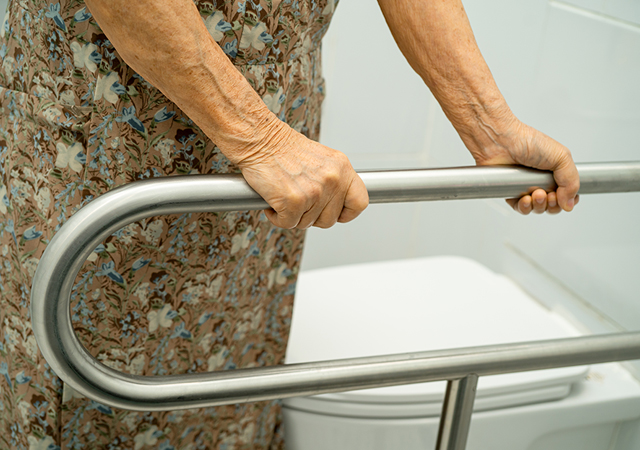







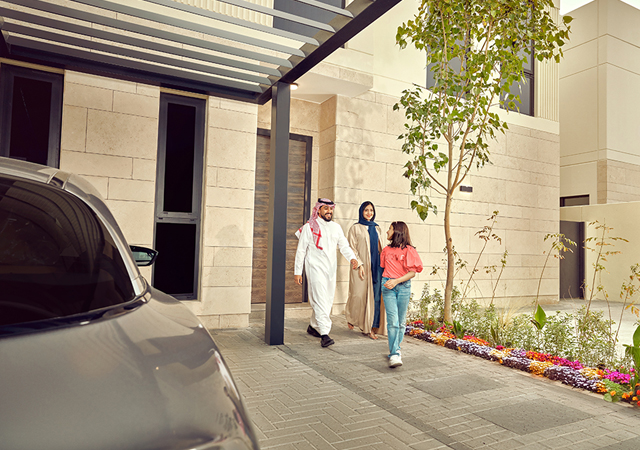
.jpg)


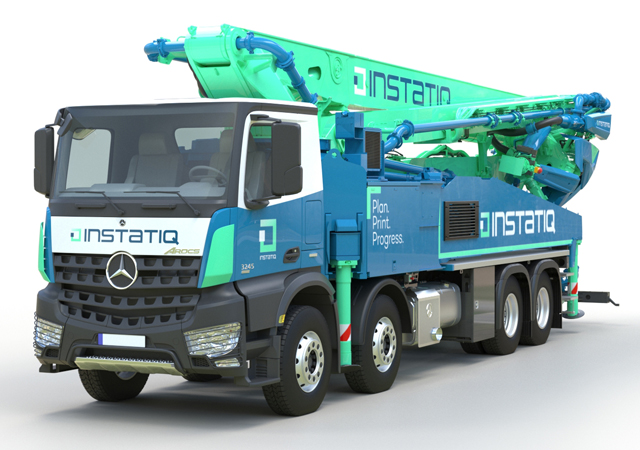


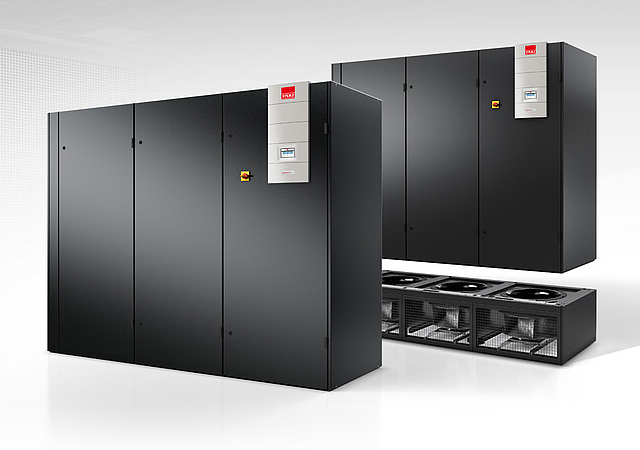
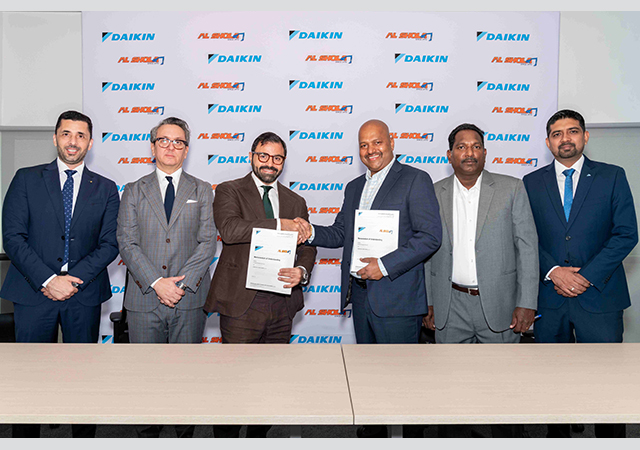

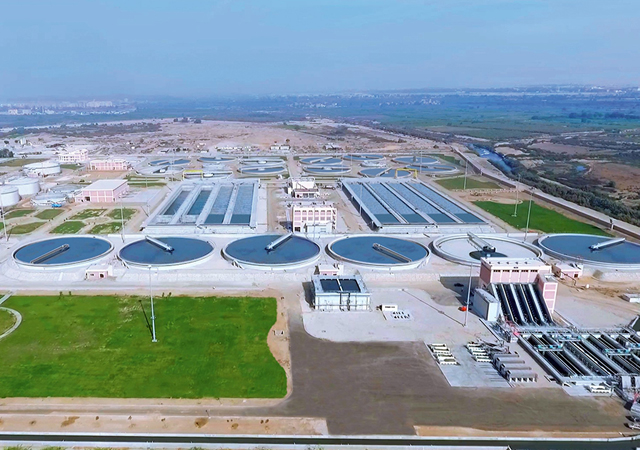




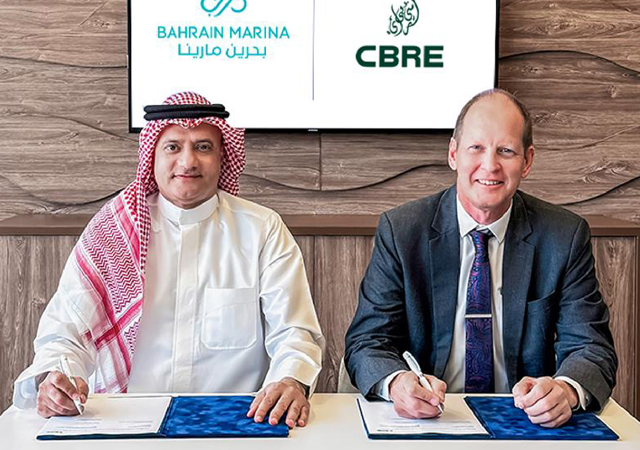


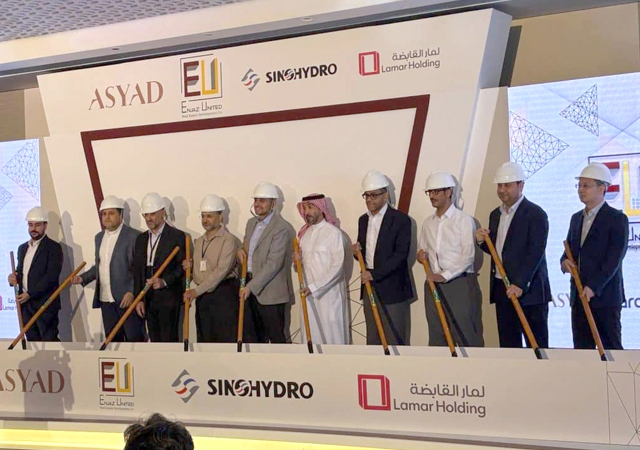

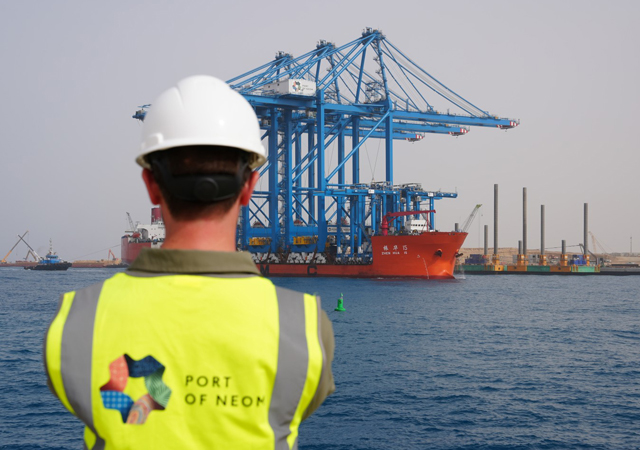

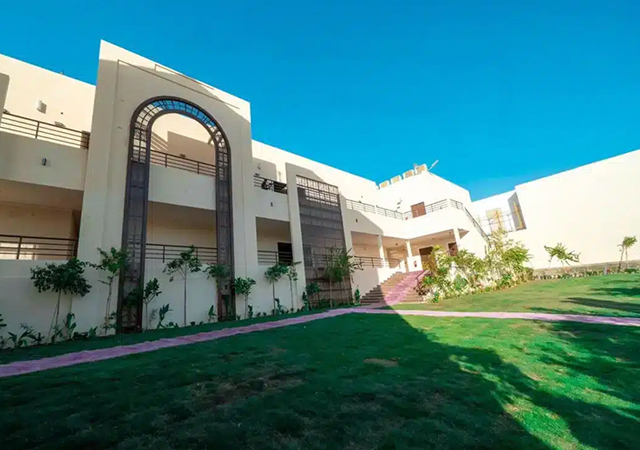

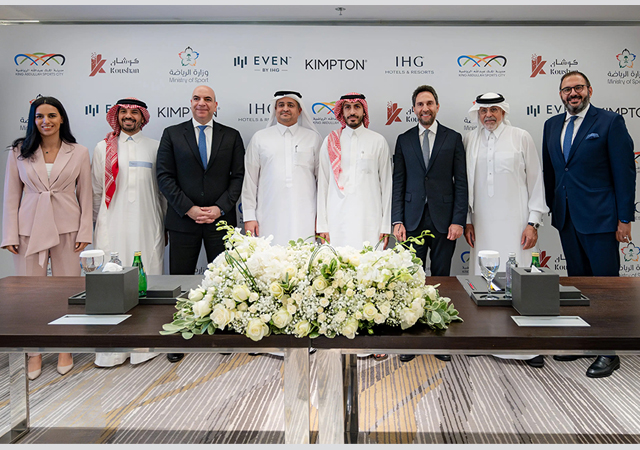







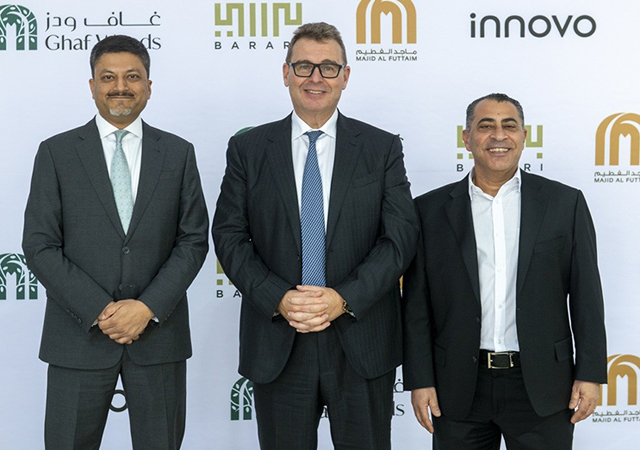


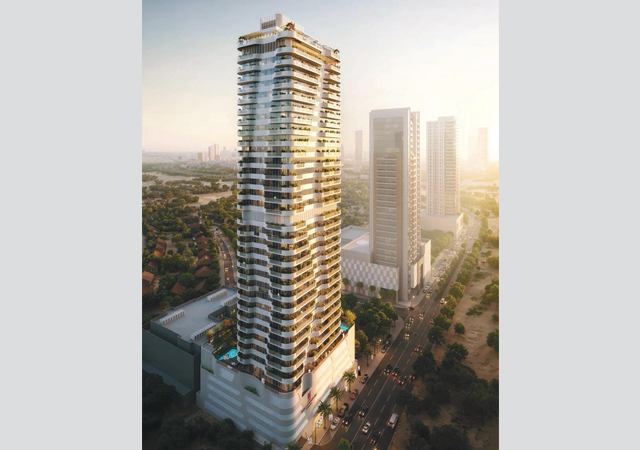

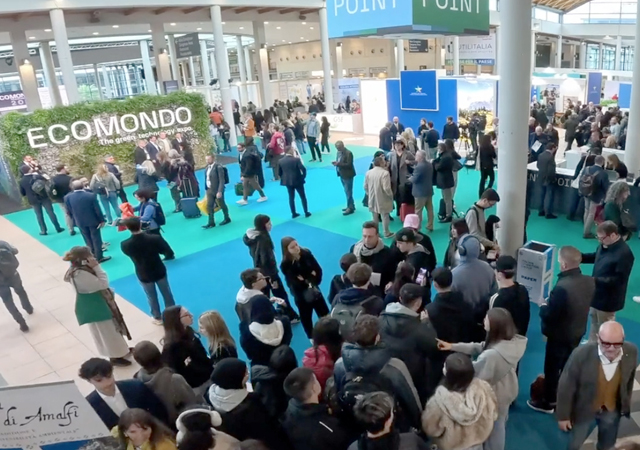
.jpg)




